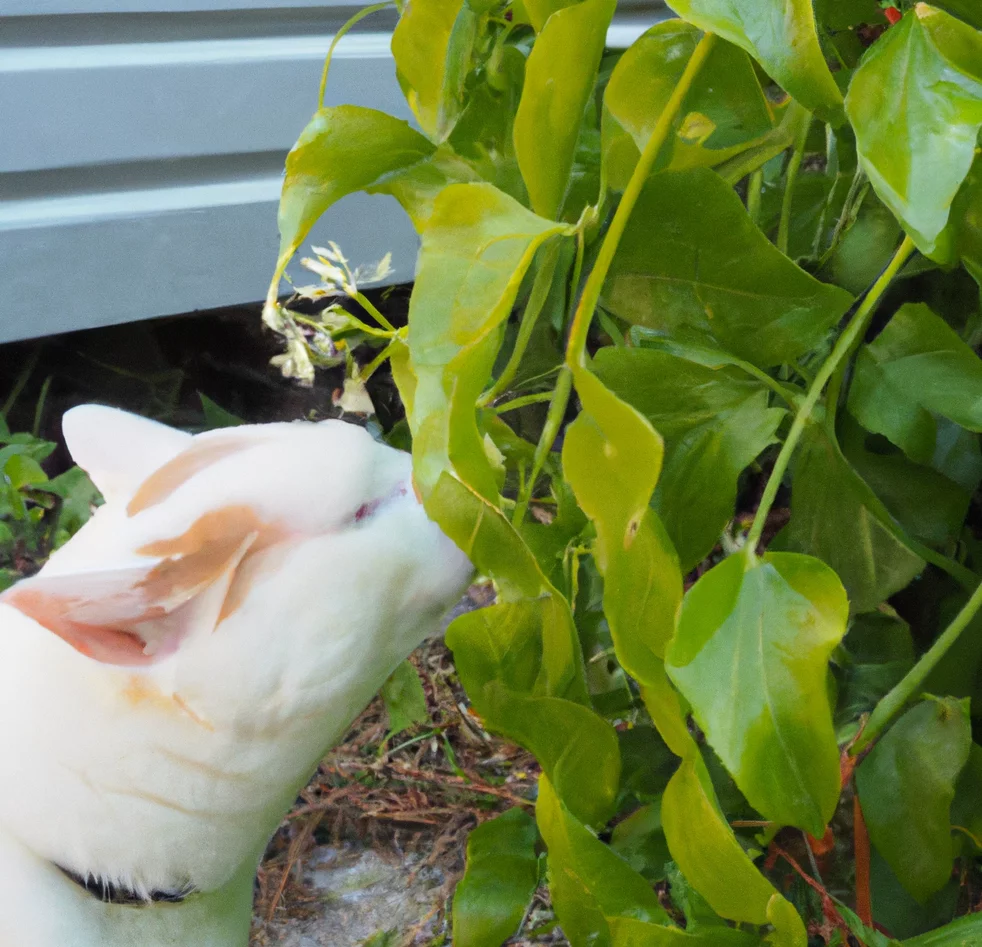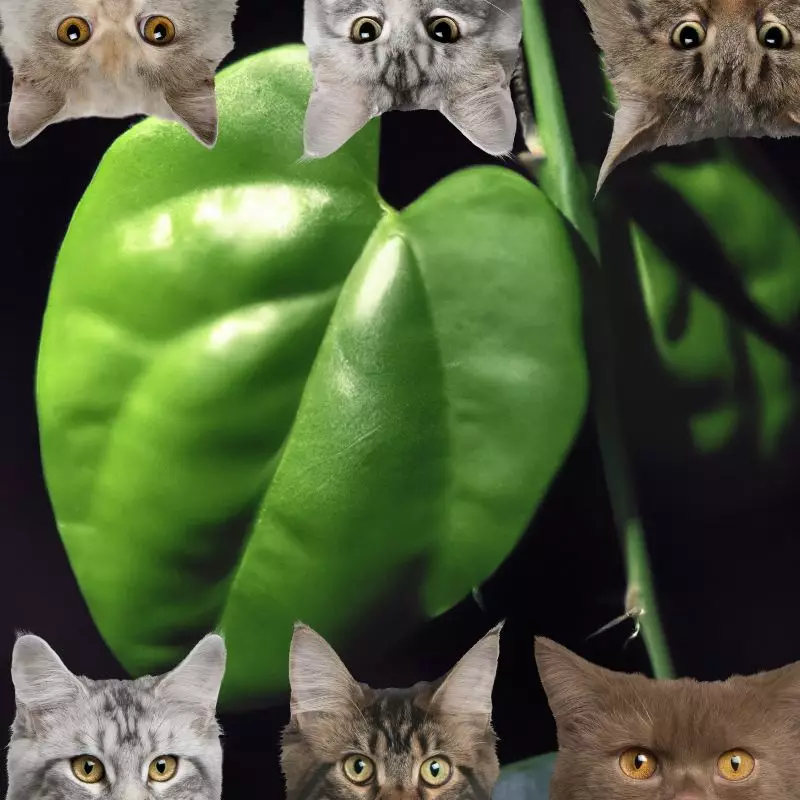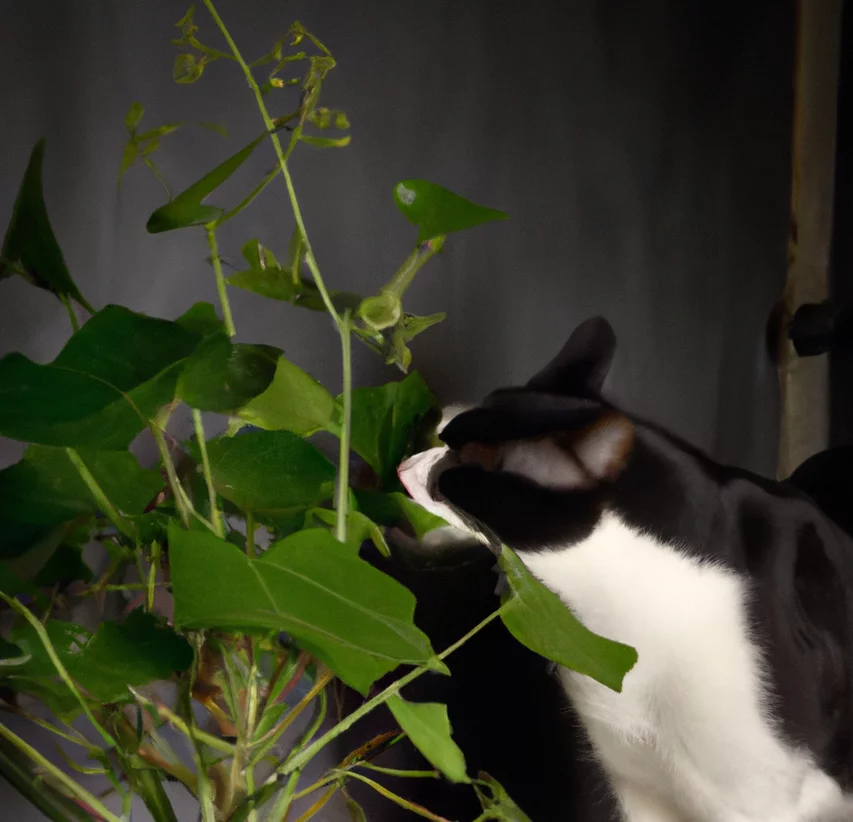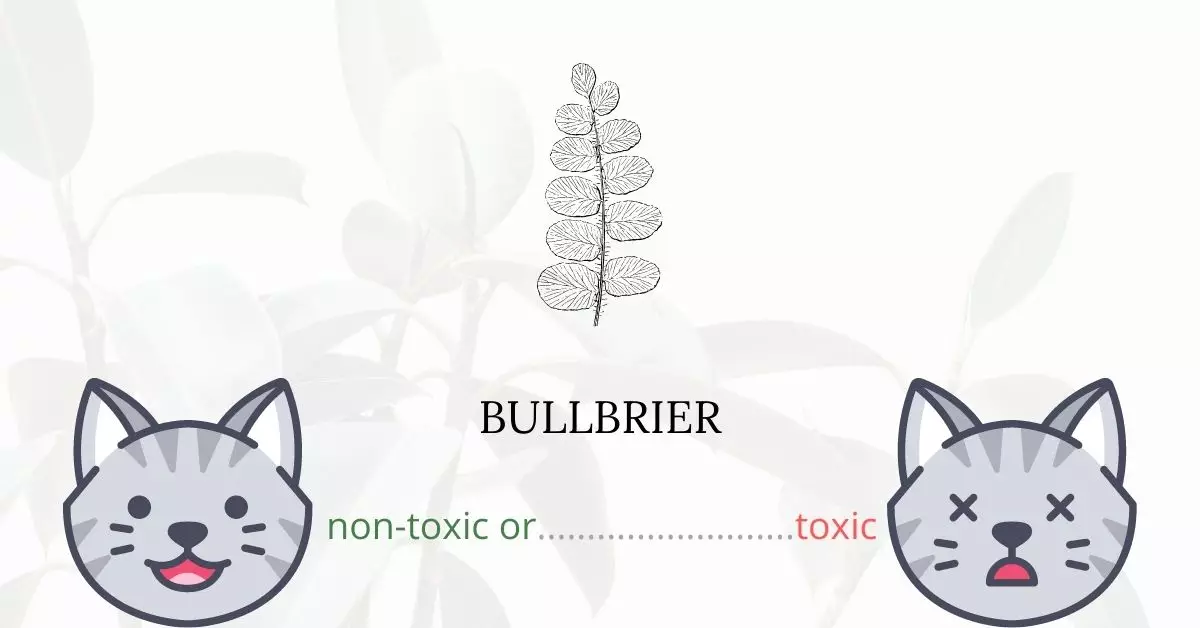No, bullbrier is not toxic for cats. In fact, it is listed on the ASPCA’s roster of non-toxic plants for cats, dogs, and horses.
This article was meticulously crafted in collaboration with a team of experienced DVMs (doctors of veterinary medicine). Their invaluable insights ensure that the information presented here is both accurate and current, specifically concerning the potential effects of Bullbrier on cats. Additionally, our research encompassed a thorough review of high-authority websites such as ASPCA and PetMD to ensure comprehensive coverage on the plant’s safety.
While Bullbrier’s young shoots are indeed edible and can be a delightful addition to salads for humans, the question remains: should it be a part of your cat’s regular intake?
Can Cats Eat Bullbrier?

A bite of bullbrier cannot harm your cat. There are no known toxic properties found in bullbrier. It is safe for cats to touch, lick, and nibble on this plant.
But, always remember that too much of plants are not good for your feline companion. Cats find it difficult to digest plants of any kind. They are natural carnivores so their bodies are not made to process plant materials.
What is Bullbrier?

Bullbrier has other common names including Catbrier, Horsebrier, and Common Greenbrier. Botanically, it is called Smilax rotundifolia, endemic to the southern and eastern United States and eastern Canada. In much of its native habitat, it is a visible and frequent component of natural forest ecosystems.
The leaves of this Smilacaceae plant are glossy green, petioled, alternating, and round to heart-shaped. They range in length from 5 to 13 cm. Green tendrils sprout out of the petioles of common greenbrier or bullbrier limbs.
Bullbrier stems are spherical and green, with sharp thorns. From April through August, it produces greenish-white blooms. The berries are blue-black and mature in September.
Young shoots of bullbrier or common greenbrier are said to taste delicious when cooked like asparagus. Young leaves and tendrils can be cooked like spinach or used in salads.
Keeping Cats Away From Bullbrier

Staying indoors is the most effective strategy to keep cats away from plants. If you live in a region where bullbrier grows, you need not be concerned. However, it is still essential to teach your cat to avoid outside plants.
If you have potted plants, place them in a space where your cat has no access. You may also wrap adhesive tape around your pots to keep them away from touching your plants. Aluminum foils will also deter cats since they do not like their texture, sound, and smell. You can also wrap this in your plant pots.
Plants to Avoid For Your Cats
If you are a cat owner and unsure if the plants growing in your yard are harmful to your cats, check out this list of toxic plants for cats. You can also check our list of non-toxic plants for cats.





